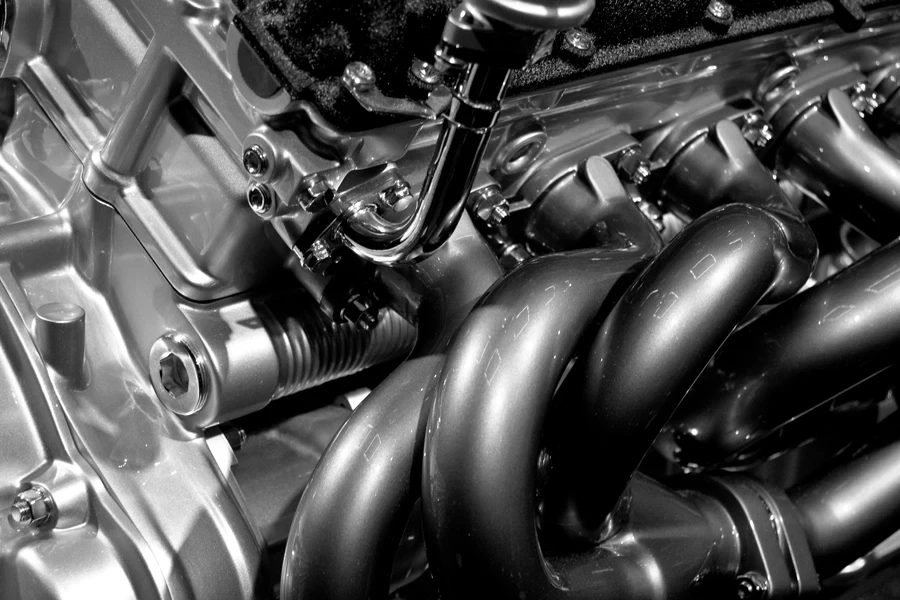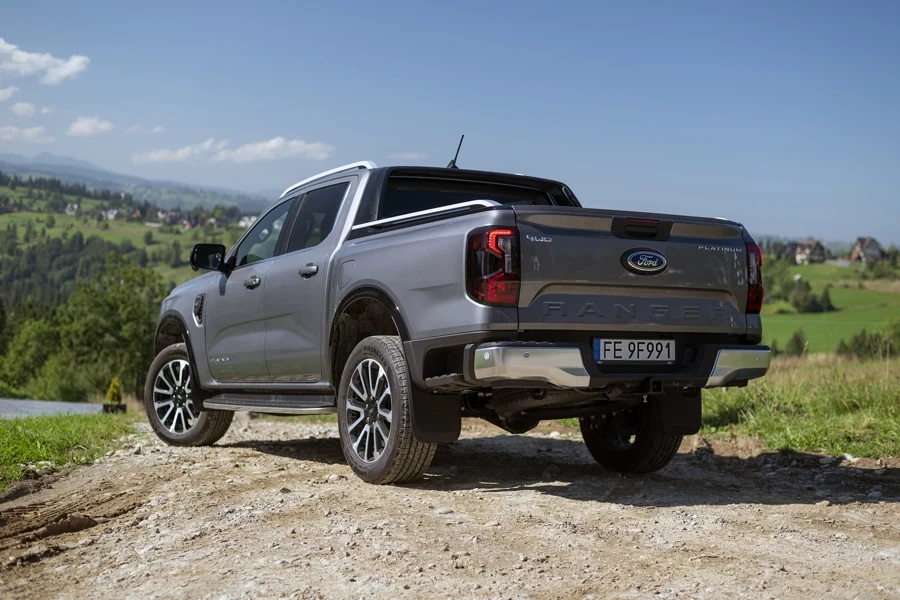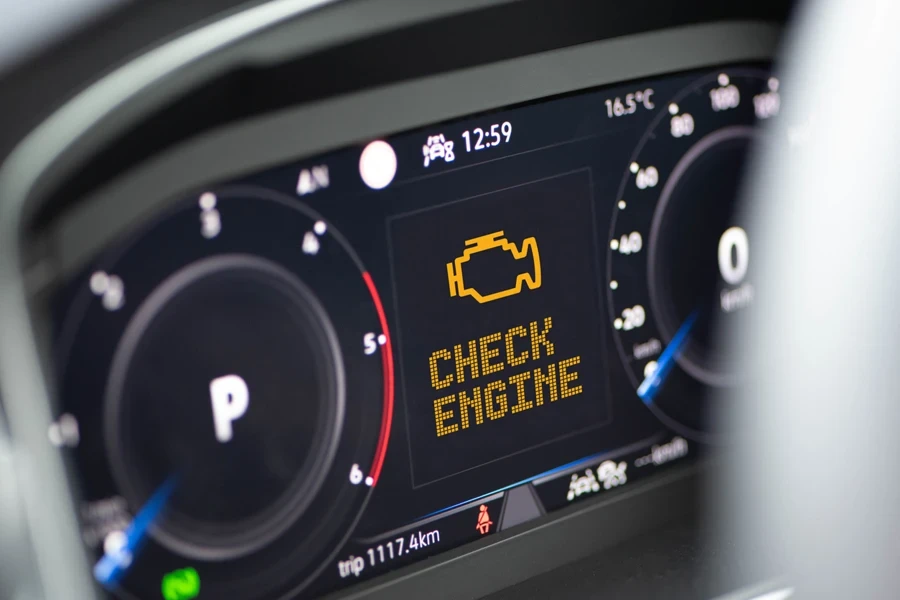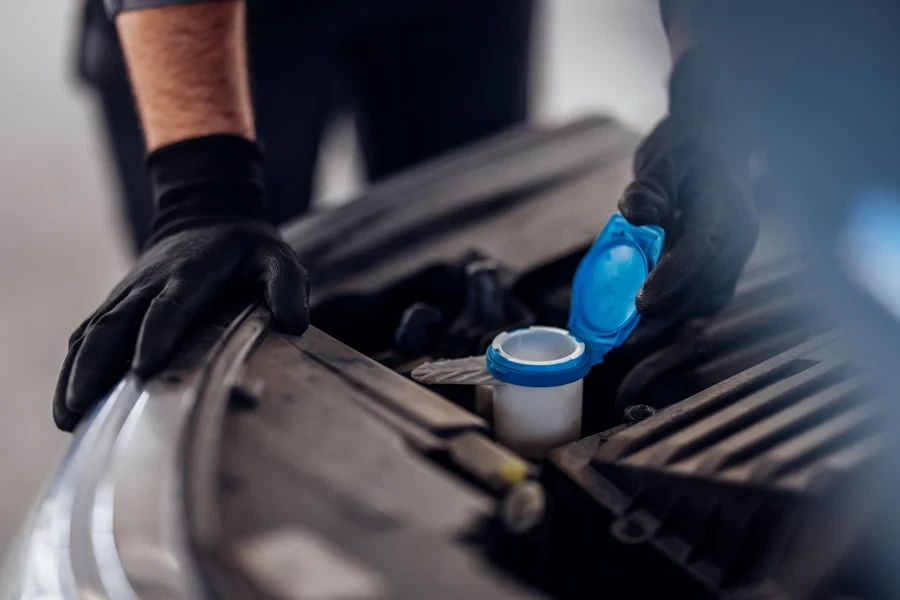The Ford Ranger has consistently been one of the top choices among mid-size pickup trucks for drivers in North America. This is because the Ford Ranger has had dependable performance and practical value for decades. The pickup truck serves as an ideal vehicle for users with demanding work tasks, daily driving needs and off-road adventures.
However, one question often asked by potential Ford Ranger buyers or those looking for a used option is about the lifespan of its engine.
Owners, therefore, need to understand the durability of the Ford Ranger engine as well as prospective buyers so that they can make a wise decision before investing in a new truck. This article will look at how long a Ranger engine lasts, issues that affect its reliability, and things that tell a user their engine is aging.
Table of Contents
Overview of the Ford Ranger engine
How long does a Ford Ranger engine last?
Factors affecting Ford Ranger engine longevity
1. Driving habits and conditions
2. Maintenance and care practices
3. Quality of replacement parts
Signs a Ford Ranger engine is failing
1. Excessive oil consumption
2. Engine knocking or unusual noises
3. Decreased fuel efficiency
4. Overheating frequently
5. Loss of power or rough idling
6. A check engine light that keeps returning
Maintenance tips to extend engine life
1. Regular oil changes
2. Coolant system checks and radiator maintenance
3. Air filter and fuel system maintenance
Conclusion
Overview of the Ford Ranger engine

The Ford Ranger was introduced in 1983, which was the first generation and since then, there have been several redesigns of the pickup. Currently, the Ranger is in its fifth generation (2024). The second, third, and fourth-generation models went on sale in North American dealerships in 1993, 1998, and 2019 respectively.
The different model years of the Ford Ranger use a wide range of engines, mainly an inline-4 motor, a V6 variant, and turbocharged EcoBoost engines. The EcoBoost engines are popular in today’s Ford Ranger pickup trucks. These engines are able to achieve powerful performance while still offering owners amazing fuel efficiency.
The Ford Ranger, which shares the same platform as the popular Ford F-150, is built with longevity in mind and is meant to withstand hundreds of thousands of miles for owners. The same applies to its engine’s reliability, making it among the best-selling vehicles in its class globally.
How long does a Ford Ranger engine last?

A properly maintained Ford Ranger engine can last between 200,000 to 300,000 miles before requiring replacement. The expected lifespan of the vehicle falls between 15 and 20 years based on individual driving patterns, environmental conditions, and regular maintenance practices.
Owners from North America and South America report equivalent longevity for their vehicles. Online consumer reports and vehicle review sites frequently point out Ford Rangers that maintain strong performance for 20 years when they receive proper maintenance and avoid major accidents.
The engine can reach high mileage counts, but its true value comes from its performance level throughout its operational years. The engine remains healthy because drivers follow regular oil changes and maintain quality fluids along with routine maintenance.
Factors affecting Ford Ranger engine longevity
Knowing which elements affect the lifespan of a Ranger engine allows vehicle owners to prolong their car’s operational life. Here are the most critical contributors:
1. Driving habits and conditions
Engine longevity depends heavily on driving methods and practices. Engaging in regular towing activities alongside off-roading and aggressive driving leads to accelerated normal wear on the engine components.
Driving through severe weather conditions, including both cold and hot temperatures, creates additional strain on the motor.
Driving a vehicle moderately in stable weather conditions contributes to the long-term preservation of the engine.
2. Maintenance and care practices
Avoiding regular maintenance leads directly to costly major repairs. Overlooking basic maintenance leads to common issues, including oil pump failure, fuel pump clogs, and worn-out gaskets.
Regular oil changes, filter replacements, and inspections extend engine life and prevent unexpected problems because they are important maintenance tasks.
3. Quality of replacement parts
Selecting quality replacement parts becomes crucial during repair operations. Aftermarket components that are inexpensive save money initially but often result in future mechanical problems.
Engine damage can become permanent when a substandard cylinder head or a radiator that breaks down causes overheating.
Acquiring OEM or certified parts from reputable vendors preserves diagnostic system accuracy and bolsters engine wellness.
Signs a Ford Ranger engine is failing
Engine components within Ford Ranger trucks develop wear patterns as they accumulate more miles. Early identification of minor issues through knowledge of warning signs can prevent them from developing into costly major repairs. These six warning signs may indicate that the Ranger engine is starting to fail.
1. Excessive oil consumption

An unusual increase in oil consumption between oil changes should alert owners about potential engine problems with their Ranger. Worn piston rings or valve seals might be present because they both let oil enter the combustion chamber.
The vehicle could show low oil levels without signs of leaks or emit blue smoke from the exhaust. Failure to address this problem will cause lubrication to decrease and friction to increase while causing the engine to overheat or seize.
2. Engine knocking or unusual noises
The presence of knocking, pinging, or tapping sounds during acceleration or hill climbs typically suggests bearing wear or problems with oil pressure and engine detonation.
These sounds should never be ignored. These warning sounds typically signal internal engine damage risks, which need timely intervention to prevent total engine failure.
3. Decreased fuel efficiency
When there is a noticeable reduction in fuel efficiency, it may indicate problems with fuel system failure, clogged injectors, or ignition system faults. An increase in fuel consumption without altered driving patterns usually means the engine is making up for power loss due to inefficiency or mechanical degradation.
4. Overheating frequently

Another way owners can know if their vehicle’s engine is failing is frequent overheating problems.
A Ford Ranger that is overheating requires an examination of components such as the coolant system, the radiator, and the water pump.
If overheating persists, it can result in a head gasket failure or the cylinder head cracking, which requires high costs to repair and replace, as well as lots of labor for those repairing by themselves.
5. Loss of power or rough idling
If the engine in a Ford Ranger is having problems, performance-related issues will likely present themselves. Among them are reduced power output or instances of misfires when the engine is running in lower RPMs. The Ford Ranger pickup may also suddenly shut down, which is very frustrating for drivers.
The most obvious causes that a mechanic may relate the power loss issues to the absence of compression, whereby fuel and air are not properly mixed in the cylinders. A technician will also say that spark plugs that fail to properly function and issues with the intake system are reasons for loss of power and rough idling.
An engine that is idling roughly is a warning to owners that a complete engine failure may occur if the issue is not addressed in time.
6. A check engine light that keeps returning

A Ford Ranger that has a returning check engine light can reveal that there are ongoing problems in the engine’s internal components.
Owners should take a step to resolve any engine fault codes that may show up because of a fuel pump problem, misfires, or emissions faults in a timely manner. If these alerts get neglected from time to time, owners may risk total engine damage in their Ranger.
Further reading: Common Problems of the Ford Ranger
Maintenance tips to extend engine life
For owners to achieve the maximum amount of miles from their Ranger engine, they need to adhere to a strict vehicle maintenance schedule. The following basic maintenance practices can help Ford Ranger owners extend the life of their truck’s engine.
1. Regular oil changes
First and foremost, they need to ensure that their engine oil is changed on time. The engine oil is critical for lubricating the moving parts inside the engine, which reduces heat and minimizes friction.
Ford recommends changing oil every 5,000 to 7,000 miles with the correct oil type, a routine that helps optimize the engine’s performance. Therefore, owners should choose the engine oil that matches their specific engine type.
2. Coolant system checks and radiator maintenance

The coolant system’s sole purpose is to prevent the engine from overheating. It comprises a radiator, radiator cap, fans, water pump, thermostat, heater core, freeze plug, overflow tank, and hoses.
Owners should ensure that coolant levels are within range and keep the radiator free from debris by cleaning it regularly. If other parts of the coolant system show signs of cracks or wear, they should be replaced with new ones.
Severe overheating of the engine causes the cylinder head to warp and the engine block to crack. Most of the time, it leads to a total engine failure.
3. Air filter and fuel system maintenance
When air filters get clogged with debris, they restrict sufficient air from flowing into the engine, making it strain while operating. Therefore, by keeping the air filters clean, owners get to benefit from a Ford Ranger with improved engine performance and better fuel economy.
Owners should also make sure that they routinely monitor the fuel system, especially the fuel pump, for any blockages or signs of wear. If any signs of wear are visible, they should replace them with the right parts on time.
Conclusion
The Ford Ranger is built to last and can reach around 300,000 miles if it is properly taken care of. Even though its engine is not immune to issues, it is advisable for owners to stay on schedule with the maintenance and address problems early before they get serious.



